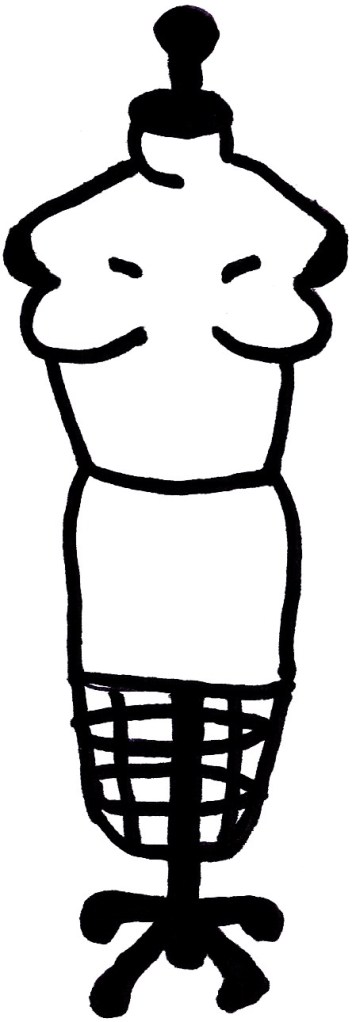“We are a fucked species; know it.”
“We are all cruel beasts – born that way, die that way.”
“Polite society is fucking boring.”
“Polite society will destroy you.”
“All sexuality is basically immoral.”
Poor Things is the kind of movie about the total scope of life as a human being that allows characters to voice those kinds of abstract philosophical statements, often with immediate dismissive pushback from the poor souls hearing them. In that way, it’s the culmination of everything provoc-auteur Yorgos Lanthimos has been working towards since early antisocial provocations like Dogtooth & Alps. He’s always had a coldly detached fascination with basic human behavior & relationships, but he has yet to dissect & catalog them all in a single text the way he does here. Every new Lanthimos movie feels like it’s poking at some assumed social norm as if it were a corpse he found in the woods. Poor Things finds that naive interrogation at its most scientifically thorough & perversely fun, to the point where he articulates the entire human experience through repurposed dead flesh. In doing so, he’s clearly made The Movie of the Year, and so far the movie of his career.
Emma Stone stars as the repurposed corpse in question: a suicide victim who has been reborn as a Frankenstein-style brain transplant experiment in a mad scientist’s Turn-of-the-Century laboratory. Her monstrous “Daddy God” creator—played with pitiable Elephant Man anguish by Willem Dafoe—initially keeps his experiment on a short leash, confining her entire life to his grotesque but lavish home. She eventually breaks free, though, as all Frankenstein monsters do, and ventures into the world as an adult-bodied woman with the mind of a rapidly developing child. Her resulting interrogation of the world outside her home is intensely violent, as anyone who can picture an adult-sized toddler throwing a temper tantrum would expect. It’s also intensely sexual, as she can find no joy more immediately self-fulfilling than orgasmic bliss but lacks basic understanding of that joy’s socially appropriate boundaries: assumed monogamy, acceptable dinner conversation, the stigma of sex work, when & where it’s permissible to masturbate, etc. If she is meant to represent humanity at its most basic & untouched by learned social restrictions, she represents us as insatiably horny, violent beasts who have to consciously strive to learn empathy for each other because it is not innate in our souls. It’s a hilarious, uncomfortably accurate assessment of the species.
If there’s any one particular social norm that Lanthimos naively interrogates here, it’s a gendered one. Much of the reanimated monster’s exploration of Life is limited by the men who wish to control her. First, her Daddy God confines her as a domestic prisoner, the same way all fathers of young women fear their freedom as autonomous adults. Once she’s loose, a small succession of selfish bachelors aim to trap her again in the domestic prison of marriage: Ramy Youssef as an ineffectual Nice Guy, Mark Ruffalo as a dastardly fuckboy fop, and Christopher Abbott as a sociopathic abuser. All the men in the monster’s life seek to control her in ways that stifle her self-development. It’s a movie about male possessiveness just as much as it’s about the absurdities of Life & societal decorum in that way, and the heroic triumph at the center is mostly in watching the creature fuck & read her way out of her patriarchal bonds to become her own person. At times, that sentiment is expressed through philosophical assessment of what it means to live as an ethical person in modern society. More often, it’s a crass celebration of women being annoying & gross in public despite the men around them demanding they calm it down. It’s oddly uplifting in either case.
Yorgos Lanthimos’s films have become more recognizably comedic since he broke through to a wider audience with The Lobster, and they’re all the better for it. There’s a sense of playful collaboration here where the director allows each contributor freedom to run wild: Stone & Ruffalo in their sketch comedy acting choices, cinematographer Robbie Ryan in his fish-eye lens fantasia, screenwriter Tony McNamara in his violent perversions of vintage humorist quips. It’s telling that the only work that’s directly alluded to onscreen (besides, arguably, Mary Shelley’s Frankenstein and its James Whale mutations) is Oscar Wilde’s The Importance of Being Earnest, another prankishly prurient comedy of manners. Lanthimos has always morbidly poked at social norms & decorum with this same curious outsider’s perspective, but never before while taking so much obvious glee in the act, nor on this wide of a scope. I rarely have this much fun thinking about how we’re “a fucked species” of “cruel beasts,” and how our rules of appropriate social interaction are so, so very “fucking boring.”
-Brandon Ledet






